Small mistakes can turn a harmless sniff into real tension.
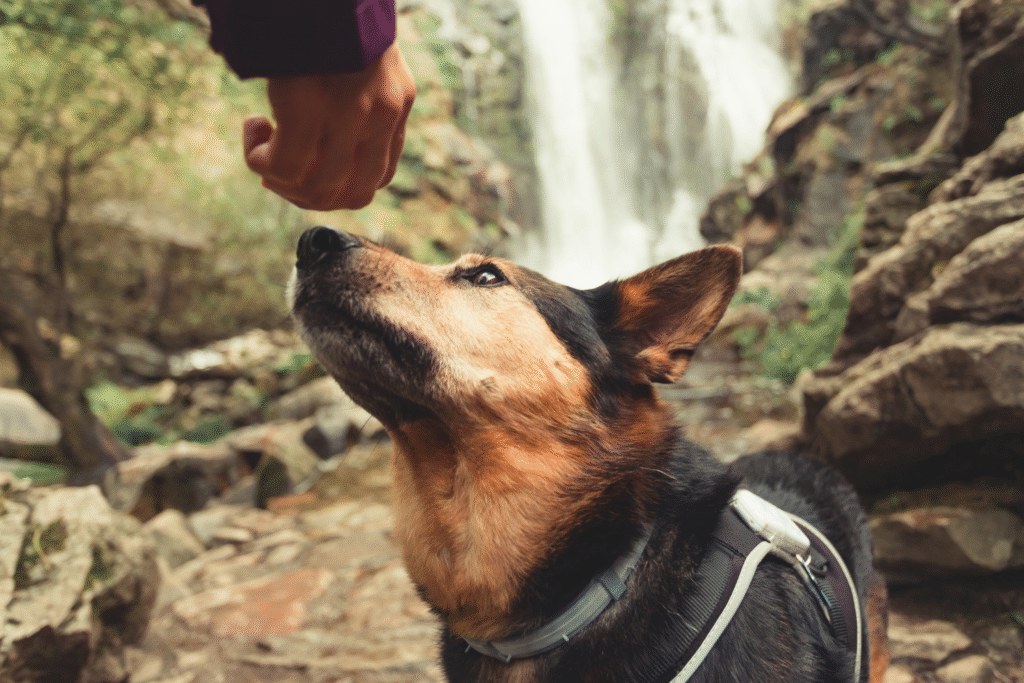
It feels harmless enough—standing still while a dog investigates your shoes, your jeans, your entire existence—but those few seconds actually set the tone for how they’ll see you. A sniff is their first handshake, résumé, and background check rolled into one. How you act during it matters more than most people realize. Even the friendliest dog can get startled or defensive if you send the wrong signal, and once that trust breaks, it’s not easily repaired.
1. Leaning over their head makes you look intimidating.
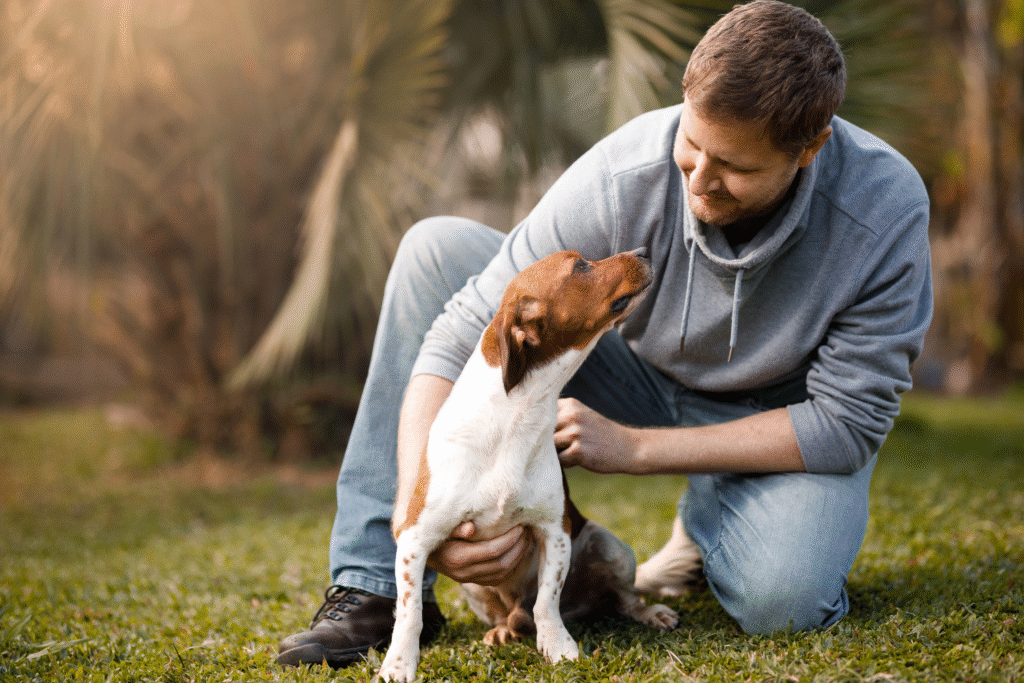
Bending down too quickly feels to a dog like a shadow falling over them. The American Kennel Club explains that towering or leaning postures are read as dominant behavior, which can trigger anxiety or even defensive reactions in certain breeds. Staying upright and relaxed keeps your body language open instead of overbearing. When they’re sniffing, your job is to be boring in the best way possible—steady, still, and nonthreatening. Let the dog decide how close is comfortable rather than forcing a face-to-face introduction.
2. Reaching out first ruins their sense of control.
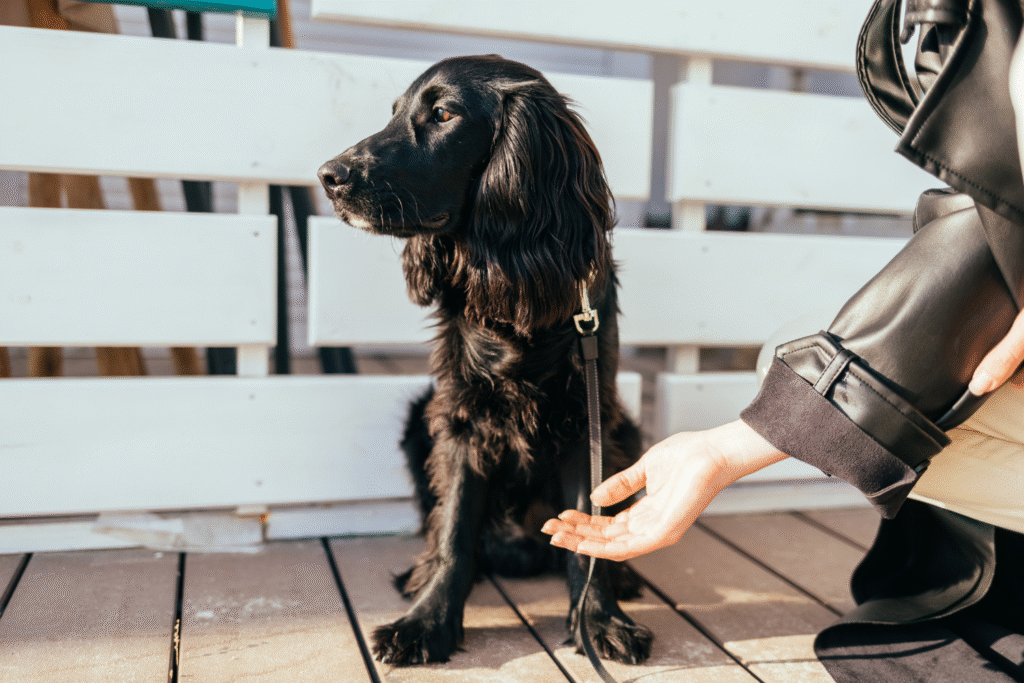
The impulse to offer a hand is human, not canine. Dogs prefer to approach on their own terms, using scent before touch to decide if you’re safe. When a stranger reaches out too soon, it short-circuits that process and spikes stress hormones. Dogs show calmer postures when they initiate contact themselves, as discovered by the University of Lincoln’s canine behavior team. The best move is to keep your arms at your sides and wait. It tells them you’re patient, and patience is something dogs instantly trust.
3. Direct eye contact can make them shut down.
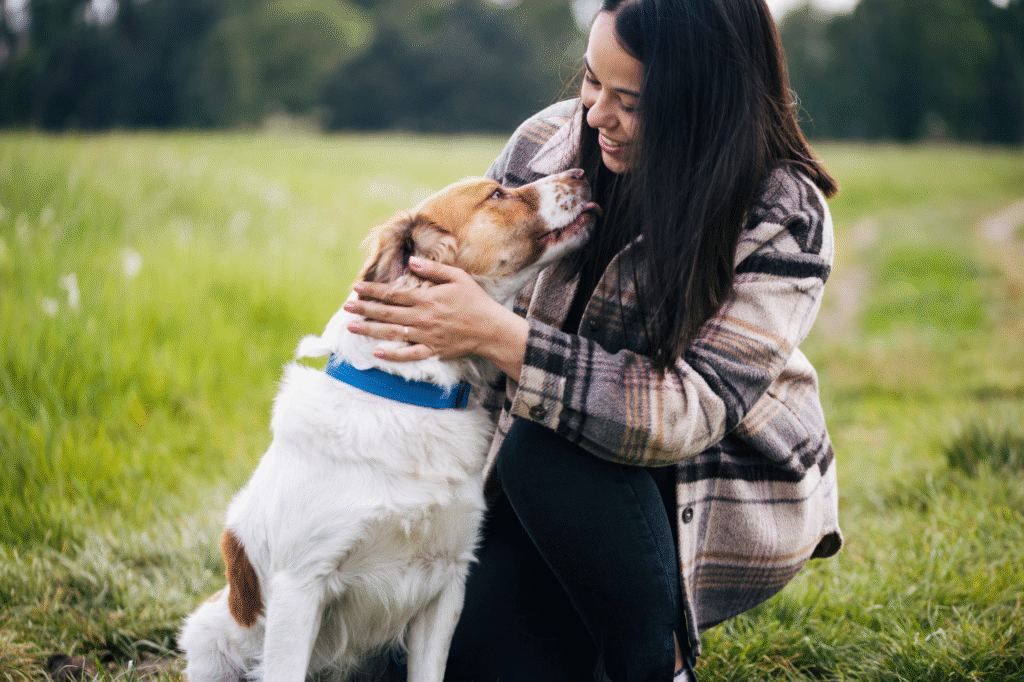
Most people mean it kindly, but a hard stare sends the opposite message in dog communication. According to the Humane Society, locking eyes with an unfamiliar dog can feel like a challenge, especially if their body is already tense or cautious. Instead of gazing straight into their pupils, glance off to the side and blink occasionally. That relaxed face gives permission for curiosity to continue. Dogs notice those micro-cues—your soft expression tells them there’s no threat hiding behind your scent.
4. Getting too chatty confuses their entire read on you.
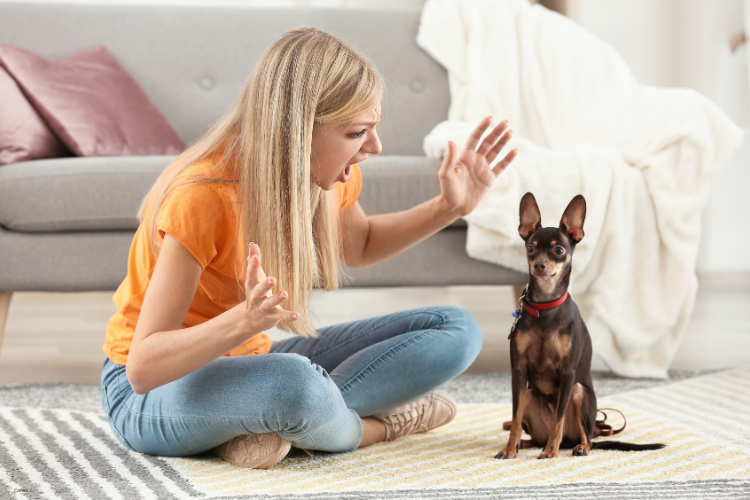
Dogs aren’t parsing your words; they’re reading your sound. When your voice spikes or fluctuates wildly, their focus splits between decoding your energy and trying to finish sniffing. Loud greetings often backfire, turning a curious sniff into uncertainty. Speak softly or not at all until they’re done. A low, steady tone mirrors calm energy, signaling that you’re predictable and safe. Think of it like background music to their investigation—anything louder disrupts the song.
5. Jerking backward mid-sniff breaks their confidence instantly.

That quick flinch humans do when a dog gets too close can unravel trust in seconds. To the dog, your retreat suggests you sensed danger. Even if it’s just nerves or ticklishness, they interpret your body pulling away as rejection or alarm. The smoother alternative is a slow pivot or subtle step aside if you need space. Dogs are hypersensitive to sudden energy changes, so staying steady tells them the air’s still calm and safe. Confidence, not movement, communicates friendliness.
6. Patting their head ruins the good first impression.
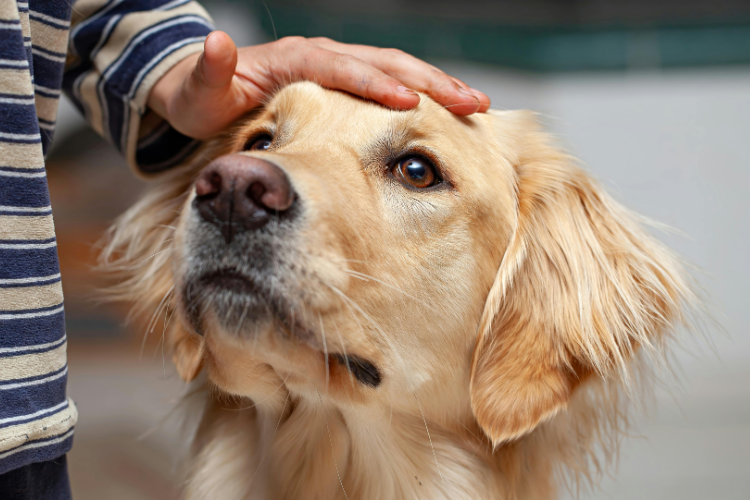
Most dogs don’t appreciate the classic “good boy” head pat. It’s unpredictable, fast, and aimed right where they can’t see your hand coming. Animal behaviorists say this surprises many dogs, even gentle ones. Instead, scratch gently under the chin or the side of the neck—those areas are less threatening and more social. If the dog leans in, that’s their green light. A top-down pat, though, is often seen as controlling. Think of touch as a privilege you earn, not a greeting you assume.
7. Making sudden movements puts them on alert.
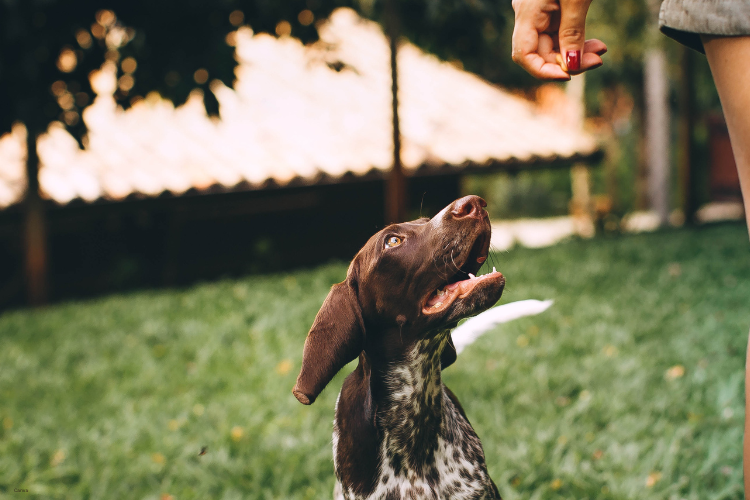
A sneeze, a dropped phone, or a step in their direction can feel like a jolt through the moment. Dogs notice every twitch in your body and every shuffle of your shoes. When they’re sniffing, they’re in analysis mode, rapid, sensory overload. Moving suddenly can reset the entire interaction back to suspicion. The simplest thing is to slow everything down. If you must move, do it gradually and deliberately. Predictability helps a dog understand that your presence comes without surprises.
8. Turning your back too soon leaves mixed signals.
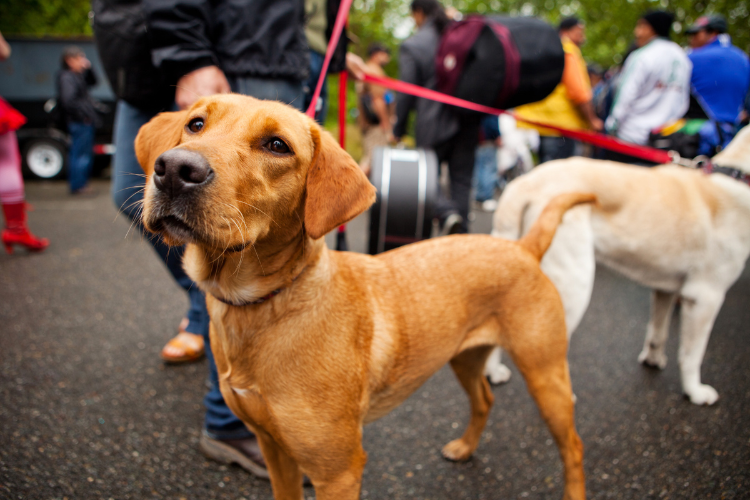
Walking away mid-sniff can confuse or even frustrate a dog. To them, it’s like you ended the conversation without warning. Dogs communicate through scent, and cutting that off can feel abrupt. Instead, wait a few beats after they step back before you turn away. It completes their ritual of acknowledgment. That pause teaches them you’re respectful of their rhythm, and they remember that courtesy in future encounters. You become the calm one, not the skittish human who broke protocol.
9. Ignoring warning signs turns curiosity into confrontation.

A dog that freezes, licks its lips, or shifts weight backward isn’t just being shy, it’s telling you it’s unsure. Pretending not to notice doesn’t make the behavior go away; it makes the moment escalate. Dogs prefer honesty in energy. If you sense tension, take a slow step back, look away, and let them re-approach when they’re ready. Most conflicts start because humans miss these cues or decide to “push through.” Listening silently is your best defense.
10. Assuming every dog wants to meet you is the biggest mistake.
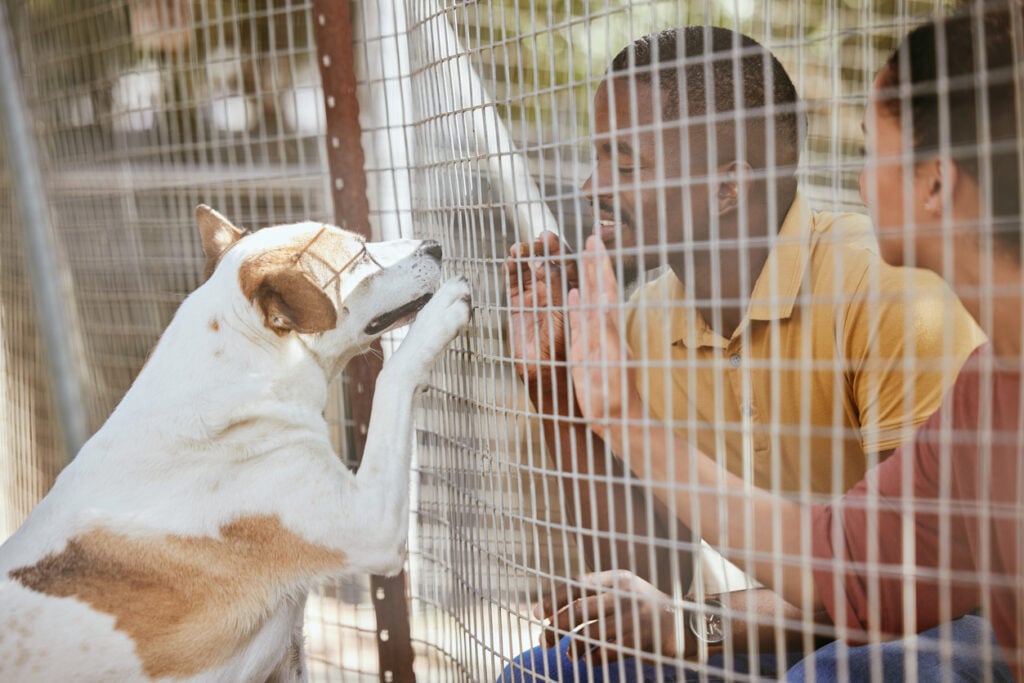
Some dogs are social butterflies, others are introverts in fur. Believing all dogs crave human contact ignores the individuality behind those sniffing noses. Respect is the safest rule. If the owner says no or the dog seems hesitant, step back and admire from afar. It’s not rejection, it’s fluency in dog language. Recognizing when not to engage shows maturity in how you read their signals. The more you honor their boundaries, the more they’ll choose to come closer next time.
